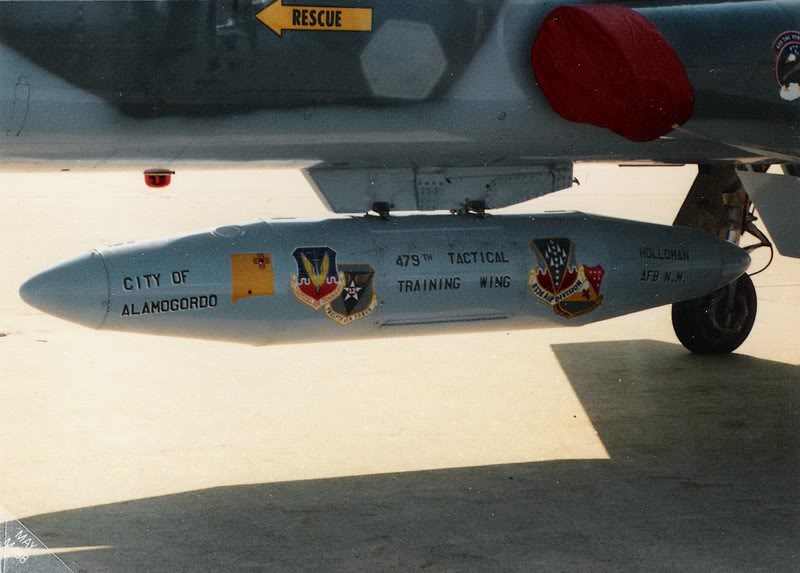TromboneAl
Give me a museum and I'll fill it. (Picasso) Give me a forum ...
- Joined
- Jun 30, 2006
- Messages
- 12,880
One small glitch: The Washington DC area is almost exclusively "Class B" airspace (serving Baltimore-Washington, Reagan Intl, and Washington-Dulles), so Salty would only be in his airplane there if he was in contact with air traffic controllers and if his biplane were equipped with a transponder.
OK, I'll put those things on his plane, thanks.

